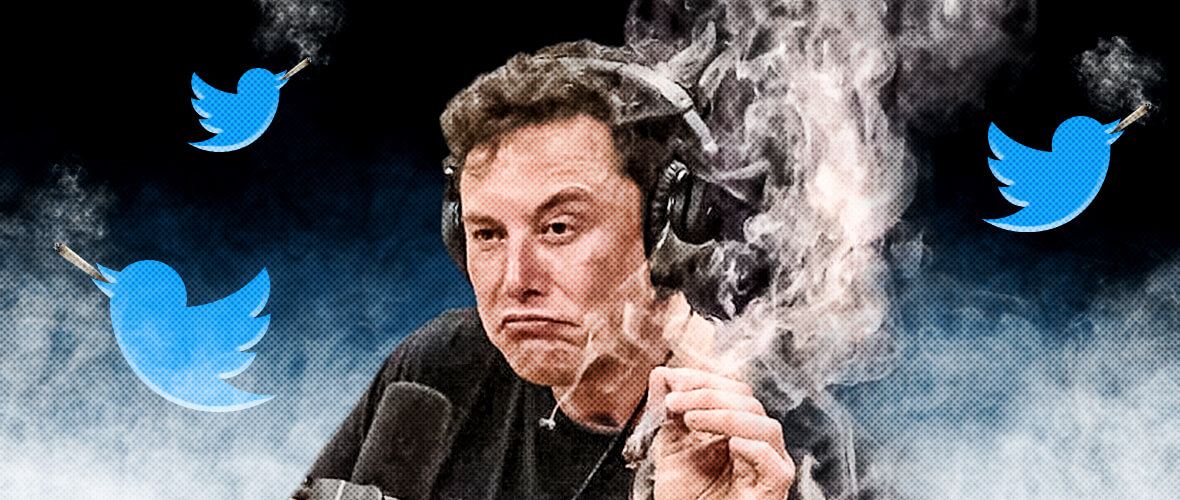What Social Marketers Can Learn From Failed Fyre Festival
In the years to come, we’ll likely look at the way we marketed to millennials and Gen Z as two distinct moments.
Pre-Fyre Festival, and Post-Fyre Festival.
Over the last week, Netflix and Hulu dropped competing documentaries that take varying routes, but ultimately reach the same conclusion: Fyre Festival, an April 2017 music/culture event in the Bahamas founded by now convicted felon (and fellow millennial himself) Billy McFarland, was a hoax, a con, and an example of what happens when something is falsely advertised with catastrophic consequences.
A lot has been made of the historic fail. McFarland stole millions of dollars, committed federal crimes and put young people in a dangerous situation with little regard for their safety.
The original idea — music, culture and Instagram models — sounded appealing in theory. It looked even better when it was promoted.
Jerry Media, an agency born from the popular meme curation account “f*ckjerry,” played the part of social marketing arm for the festival.
The company was instrumental in the event’s steady rise, which featured an intricate social media marketing campaign complete with influencers touting their involvement.

On the surface, Jerry Media’s plan for advertising the festival was nothing short of genius. While the photo shoot months before — which was used to create the hype video for the event — was the brainchild of McFarland and his cronies, Jerry Media employed tactics that spoke to the heart of its target group of consumers.
Instagram influencers like Kendall Jenner, who reportedly netted $250,000 for a single post for the event, pack a heavier punch than just about any television media buy could. Armed with many of the top influencers on Instagram (and their flooding of the platform with the orange Fyre Festival tile), Jerry Media’s frequent posts for the account showed sunny skies, crystal clear waters and other evidence of the high life patrons would experience at the event — all it would take for a 20-30something to pull out their credit card.
The Hulu piece, Fyre Fraud, specifically dove into the relationship between Jerry Media and the festival — to the point of painting the agency as being complicit, or at the very least, uninterested in asking more questions than it had to. It explored moments where some Jerry employees openly questioned the event’s legitimacy, as well as instances where social media managers removed, or simply chose not to answer, comments on Fyre Festival social platforms at all. At one point on Instagram, Jerry Media was forced to turn comments off entirely.
This type of behavior is a major red flag in the social media marketing industry. Period. End of story. Full stop.
If viewers take away anything from these documentaries, it’s that transparency in marketing (especially if you’re paying top dollar for a product), is paramount to a good relationship between brand and customer.
Community and reputation management is an important part of social media marketing. Monitoring comments on multiple platforms throughout the day, engaging with customers who may have come to the page to express displeasure in an experience with the company, to throw insults, or even deliver praise, is part of the gig.
These are the comments on Instagram that Fyre Festival deletes. #FyreFestival is a scam. pic.twitter.com/L54xojn3bO
— FyreFestivalFraud (@FyreFraud) April 25, 2017
What’s abnormal, however, is removing all negativity from pages associated with that brand. It’s inauthentic. Usually, fans are able to see through it. Unfortunately, it didn’t stop the folks at Fyre Festival.
Agencies know this isn’t the type of behavior they should be associated with. The decision-makers at Jerry Media knew this too. If a client comes to its agency with this request, it’s time to push back. If they persist, perhaps it’s time they seek out another marketing partner. Luckily, Jerry Media has already begun taking a few steps to right these wrongs.
What have we learned from McFarland and his merry band of shysters? Using influencers to reach a target demographic for a legitimate product or event? Great idea! Employing social strategy as a main driver, with beautiful graphics, colors and music? Even better.
Deleting comments, failing to respond in a timely manner to customer service complaints, and even removing the opportunity for customers to share their feedback altogether.
That’s a big fat no.
It’s hard to imagine another disaster quite like Fyre Festival — especially in the way it was promoted to the public. Marketers, however, can take the festival, its promotion and fallout, and use it as a blueprint on how not to handle a crisis on social media.





